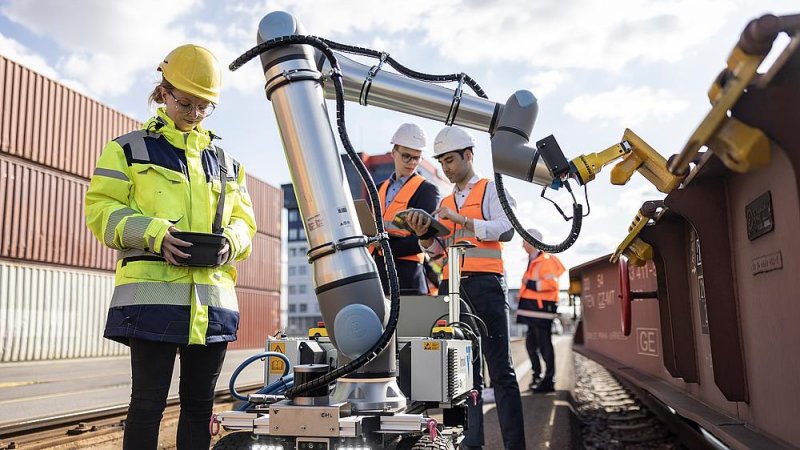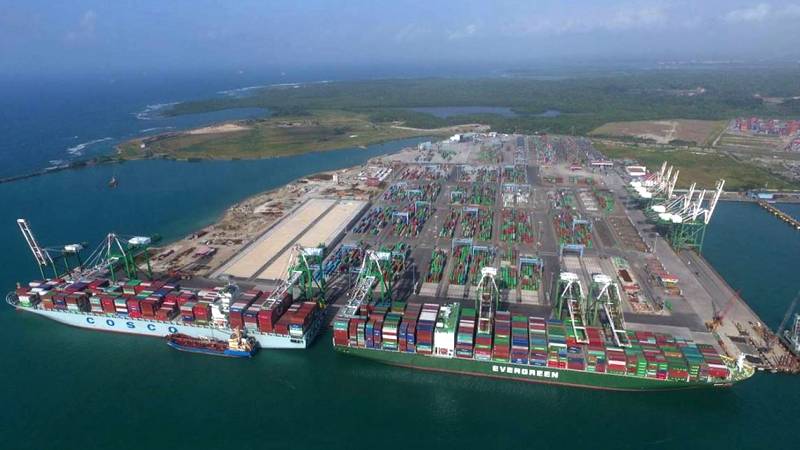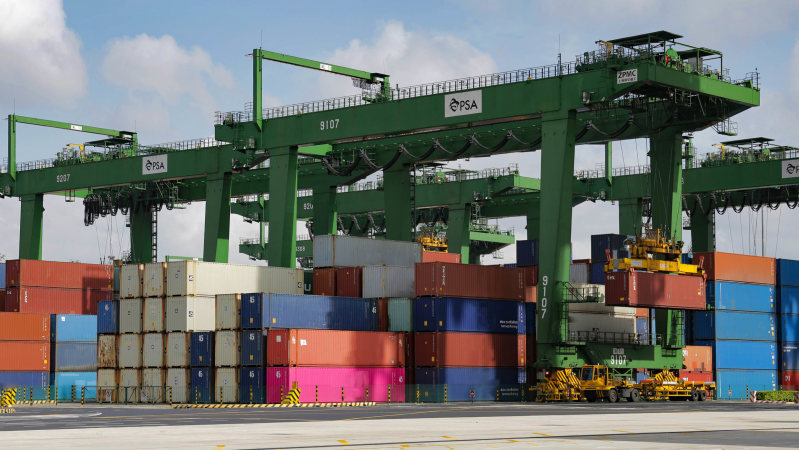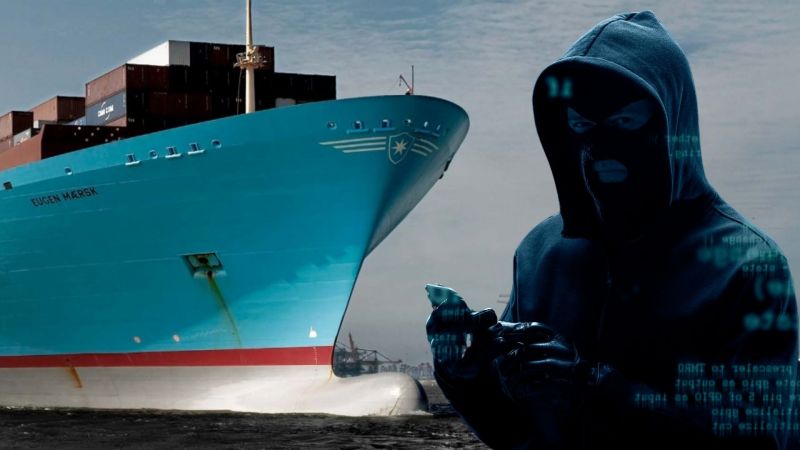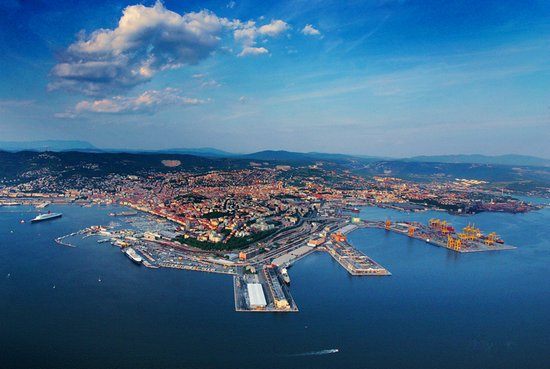Between the end of World War II and the 1970s, the American shipbuilding industry represented a strategic asset for both national defence and the economy. This supremacy stemmed from the post-war industrial reconversion, which enabled the United States to capitalise on cutting-edge infrastructure, a skilled workforce, and technological dominance across the entire production chain. American shipyards were capable of producing naval units for both military and commercial purposes, directly influencing the global maritime geopolitical balance.
With the rise of globalisation and the emergence of new manufacturing powers, the US shipbuilding sector began to lose ground. From the 1980s onwards, competition from countries such as Japan, South Korea and later China drastically eroded the competitiveness of American firms. The reasons lie in several structural factors: the lack of an integrated industrial policy, rising production costs, the decline of specialised labour, and the progressive closure of many civilian shipyards. It is also worth noting that President Reagan eliminated state subsidies for the sector. Today, the US share of the global commercial shipbuilding market stands at around 0.1 per cent, reflecting an almost complete loss of relevance in the industry.
Meanwhile, China has adopted a planned approach to maritime dominance. Through government subsidies, public-private synergies, and the expansion of capacity in modern shipyards, China has secured over 50 per cent of global shipbuilding orders. The Chinese approach has been systemic: shipbuilding was elevated to a tool of geopolitical projection, integrated within an ecosystem encompassing freight transport, port logistics, and military capabilities. Moreover, China’s shipbuilding industry has succeeded in positioning itself as a preferred supplier in emerging markets, consolidating its influence across strategic maritime corridors through the Belt and Road Initiative.
In this context, the Trump administration outlined a plan to revive the American shipbuilding sector, now seen as a weak link in the country’s industrial structure and strategic resilience. The plan includes the creation of a Shipbuilding Policy Office within the National Security Council, the introduction of punitive tariffs of at least one million dollars for each Chinese vessel docking in US ports, and a requirement to use American ships for transporting certain categories of domestic goods. The protectionist objective is twofold: to curb Chinese expansion and stimulate the reactivation of a national industrial supply chain.
However, the director of the Port of Los Angeles, Gene Seroka, has warned of the complexity of such an endeavour. “Shifting the balance of the global shipbuilding industry is not a matter of months, but of decades,” he told Bloomberg Television. Seroka also noted that, in anticipation of the new tariffs, many companies have accelerated imports, creating a surplus of inventory in port warehouses.
Reviving the shipbuilding sector will require long-term strategic planning and massive investment. The United States faces structural challenges: a shortage of skilled labour, outdated infrastructure, regulatory fragmentation, and difficulties in accessing capital for new industrial ventures. Emblematic of these issues is the case of the USS Constellation, the navy’s new frigate, whose delays and budget overruns highlight the sector’s operational weaknesses.
According to many analysts, regaining a competitive position in the global market could take between 15 and 25 years, depending on the consistency and continuity of the policies implemented. This is not merely a matter of technological upgrades or economic incentives: an entire industrial ecosystem must be rebuilt. Training a new generation of professionals specialising in naval engineering, advanced welding, complex project management and maritime logistics will be essential. Investment in technical universities, public-private apprenticeship and applied research programmes, and regulatory modernisation to streamline shipbuilding authorisation procedures will all be required.
Strengthening the supplier network will also be critical, as it is currently fragmented and, in many cases, reliant on foreign components. Without a robust network of subcontractors capable of delivering quality and competitive lead times, the shipbuilding sector remains vulnerable. In addition, integrating digitalisation, automation, and environmental sustainability into new production facilities will be essential. Any revival of the shipbuilding industry must embrace Industry 4.0 technologies and comply with environmental standards, which are increasingly becoming key criteria for international contracts.
Finally, connectivity with the port and logistics system will be decisive. The rebirth of the American shipbuilding industry must be underpinned by a port infrastructure capable of supporting the expansion of trade flows and the maintenance of a modern fleet. Without an integrated plan for port modernisation, any revival effort risks being ineffective. US shipbuilding now stands at a crossroads: to attempt a structural comeback or to accept a residual role on the global stage.



